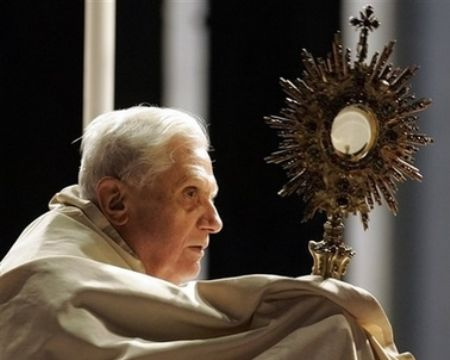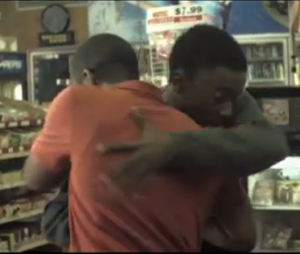New Testament Warm-Ups: Answers 28-42
Continuing the answers to the New Testament Warm-Up questions…
28. What appears after Thessalonians?
The four letters from St. Paul to individuals: Timothy (x2), Titus and Philemon. The first three of these (and sometimes all four) are commonly known as the “Pastoral Epistles”.
29. Who was Timothy?
Timothy was a constant companion of Paul, recruited during Paul’s 2nd missionary journey (Acts 16:1-3). He also traveled with Paul on the subsequent 3rd missionary journey.
30. What background information do you know about Timothy?
He was from Asia Minor with a Christian Jewish mother (“Eunice”) and a Greek (probably Pagan) father (2 Timothy 1:5; 3:15). Timothy was the co-sender of six of Paul’s letters (2nd Corinthians, Philippians, Colossians, 1st and 2nd Thessalonians, as well as this letter). Tradition asserts that Timothy was the first bishop of Ephesus and was martyred there as an old man.
31. Who was Titus?
Titus was a companion of Paul. He was a Gentile Christian who traveled with Paul and Barnabas from Antioch to Jerusalem and with Paul on his 3rd missionary journey.
32. Who was Philemon?
Philemon was man of Paul’s acquaintance. Paul was possibly instrumental in his conversion to the Faith (Philemon 1:19) and Philemon was possibly involved in some ministerial capacity (Philemon 1:2).
33. Where did Philemon most likely live?
The letter doesn’t indicate the exact location of Philemon and his family, but it is assumed that they were residents of Colossae or a neighbouring city in Asia Minor (modern Turkey). This assumption is based upon the common belief that the slave mentioned in this letter, Onesimus, is the same man delivering the Letter to the Colossians (Colossians 4:7-9).
34. What is the context of the letter?
Paul is sending back to Philemon his slave Onesimus. Additionally, Paul thinks that his captivity will soon be at an end, so he tells Philemon to prepare for his arrival (Philemon 1:22).
35. What was the name of Philemon’s slave?
Onesimus
36. What is the meaning of the slave’s name?
His name means “Useful” or “Benefit”. St. Paul makes a couple of puns on his name in the letter.
37. What does Paul ask of Philemon?
Paul requests that Philemon to forgive his runaway slave Onesimus (Philemon 1:9,17)
38. What book appears after Philemon?
The book of Hebrews.
39. Why does Hebrews appear here?
It appears at the end of the collection of Paul’s work (the “Pauline Corpus”) because of the dispute in the Early Church as to whether or not Paul was its author. Additionally, one would not really call it an epistle.
40. What literary genre is Hebrews?
It is a sermon.
41. What is the main theme of the book?
It explains Jesus in terms of the Old Covenant priesthood and sacrificial system.
42. What did St. Thomas Aquinas think about the authorship of this epistle?
“Catholic tradition holds that Luke redacted the final version of the anonymous epistle to the Hebrews on Paul’s behalf, a view endorsed by none other than Saint Thomas Aquinas.” – Source
1-16 | 17-27 | 27-42 | 43-52 | 53-57 | 58-67 | 68-71 | 72-81
All Questions
The article New Testament Warm-Ups: Answers 27-42 first appeared on RestlessPilgrim.net

 I came across this video the other day which I thought was rather good:
I came across this video the other day which I thought was rather good: